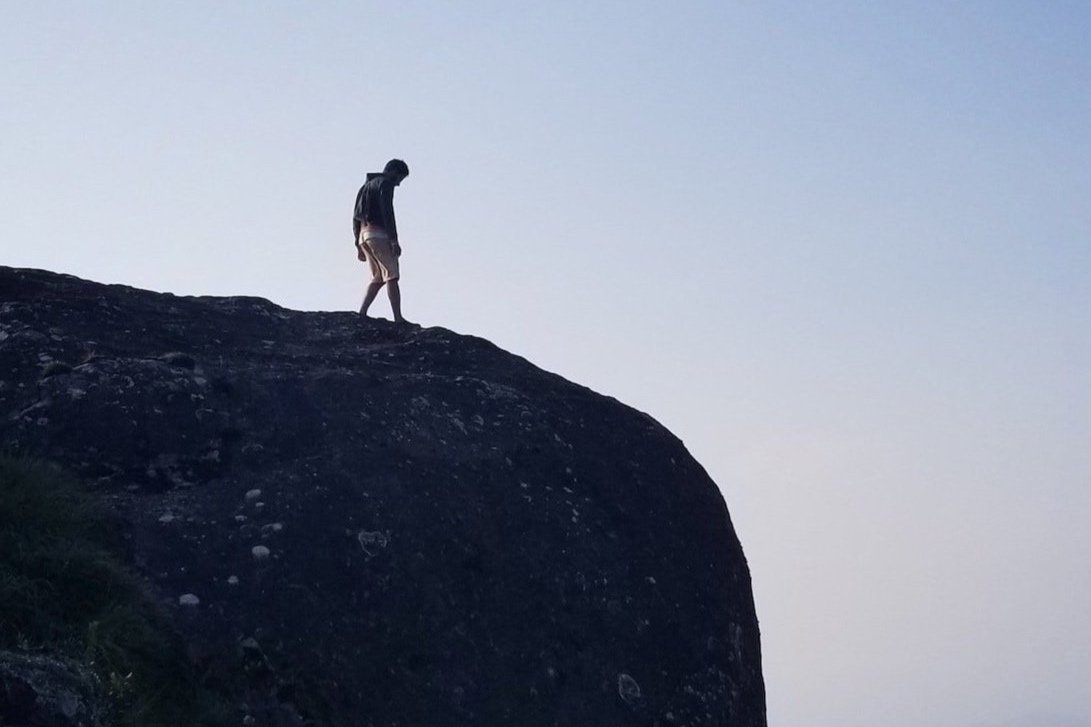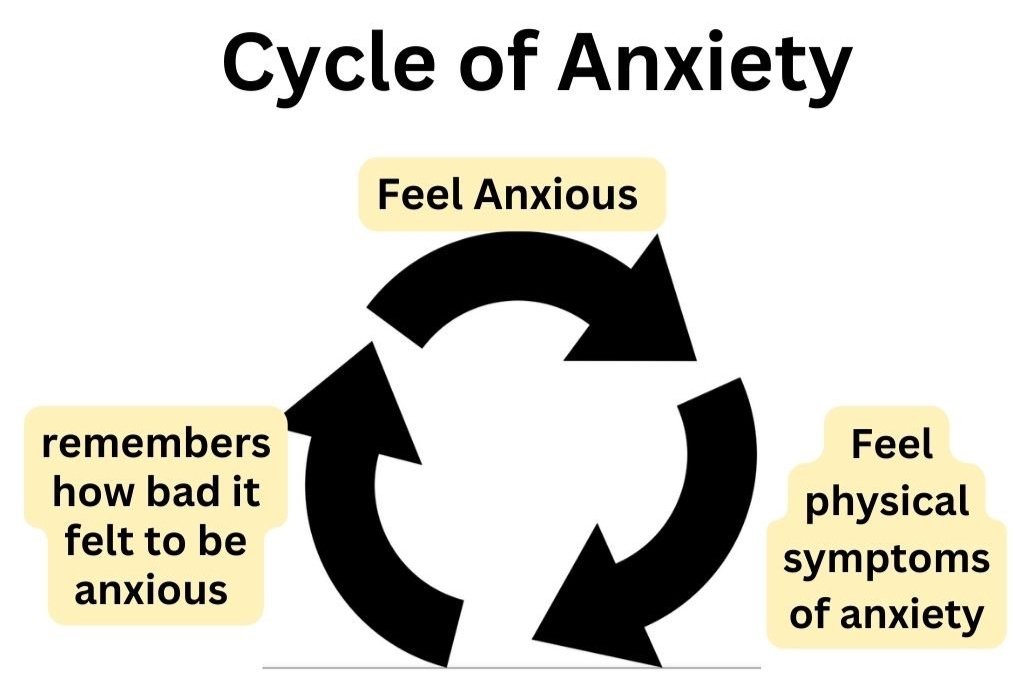Why We Get Anxiety And How To Beat It
Do you ever wonder where anxiety comes from? It seems to pop up in the most inappropriate times, when you are trying to run errands or fall asleep. You know you aren't in any danger but you just feel like you don't know what will happen next.
Anxiety developed as an evolutionary tool to protect us from dangerous situations. Our ancestors lived in an uncertain environment as hunters and gatherers and needed to know what was safe and what was not. Their survival depended on it. It would not have fared well if they walked up to a bear and expected a pleasant outcome. The ancestors that survived passed on their knowledge to others in their community and determined the most effective way to survive.
The brain developed the Fight, Flight, or Freeze response, which is part of the sympathetic nervous system. It acts as an alarm system to protect us and sometimes it starts working before we even realize it is happening.
If someone encounters a bear, they can:
Fight or confront the bear
Run away or hide
Freeze or play dead and hope they go away.
In today's society, We normally don't have to worry about coming face to face with an angry bear. Modern technology has made it so we can go to the grocery store rather than scavenge for wild berries. That doesn't mean we don't still have to deal with stressors on a regular basis. We have family dynamics, job stress, and live in an unpredictable world where things happen that we can't predict. We read about events in the news that make us concerned for the future.
What is going on in the brain?
Your brain receives sensory information from the environment. The thalamus, which is located near the center of your brain, helps route four of your senses: sight, hearing, touch, and taste (smell takes a different path) for processing. It also detects pain and temperature.
These signals then travel to the cerebral cortex which is where the information is interpreted and decision making occurs. The hippocampus, which creates memories, is also important in this process.
The amygdala is the part of the brain that activates the alarm if it senses danger. Sometimes you don’t know why it happens and it isn't always rational. When the Amygdala sounds the alarm, the hypothalymus responds by releasing cortisol ("the stress hormone") and epinephrine (adrenaline).
These cause symptoms of anxiety such as:
Increased Heart rate or blood pressure - the heart is working hard to deliver oxygen and nutrients to muscles to be efficient
Digestion slows down - the body diverts its resources to the muscles
Sweating - This acts to keep the body cool and avoid overheating.
Muscle tension or shaking - the body is activated for a quick escape
You may also experience sharper sight and hearing to better monitor your surroundings.
In the short term, this activation is not dangerous to the body even though it feels miserable. If the threat is not a danger, the anxiety will go away on its own, normally within 20 minutes.
Anxiety can get out of control when the brain gets stuck in a loop.
An example of this is Bob went to the grocery store. He felt overwhelmed because it was crowded and the bright lights and noises were overwhelming. He noticed that his heart had started racing and he was sweating. He felt the urge to run out of the store. The next time he went to the store, he noticed that he was feeling anxious about experiencing the racing heart and sweating again. Maybe he even anticipated feeling anxious before he even got in his car to drive to the store. As a result, he left the store as quickly as possible in order to avoid feeling worse.
Often getting stuck in the loop can lead to avoiding the things that make us anxious. Avoidance can work in the short term because it keeps you in your comfort zone since you don't have to experience the negative feelings. The problem with avoiding anxiety is that it can make it worse over time. While avoiding anxiety-provoking places, you may also avoid accomplishing important tasks that can help you grow as a person. It can lead to lower self-esteem, lack of confidence, or hopelessness.
This is one way that anxiety disorders and phobias develop. Maybe someone experienced a dog growling at them and caused them to feel anxious. The next time they see the dog, they might feel fearful of the dog, dogs that look similar, or even dogs in general. This is because the nervous system has learned from experience that the dog could be dangerous and this feeling of fear is reinforced by avoidance.
If you feel that you are stuck in the cycle of anxiety, it would be beneficial to talk to a therapist that you trust to get back on the right track. Two treatments that are commonly used are Cognitive Behavioral Therapy to reframe thoughts and also exposure to the thing that causes anxiety by taking small steps. You want to build confidence in yourself and remember that you have some control over the situation.
-
Kenwood, M. M., Kalin, N. H., & Barbas, H. (2022). The prefrontal cortex, pathological anxiety, and anxiety disorders. Neuropsychopharmacology : official publication of the American College of Neuropsychopharmacology, 47(1), 260–275. https://doi.org/10.1038/s41386-021-01109-z
Price J. S. (2003). Evolutionary aspects of anxiety disorders. Dialogues in clinical neuroscience, 5(3), 223–236. https://doi.org/10.31887/DCNS.2003.5.3/jprice
Sah P. (2017). Fear, Anxiety, and the Amygdala. Neuron, 96(1), 1–2. https://doi.org/10.1016/j.neuron.2017.09.013
Torrico, T. J., & Munakomi, S. (2022). Neuroanatomy, Thalamus. In StatPearls. StatPearls Publishing.


